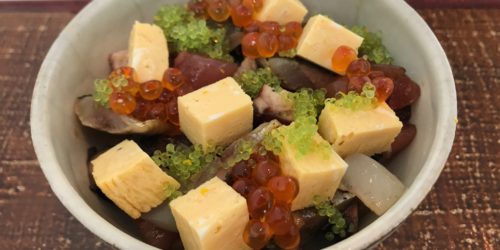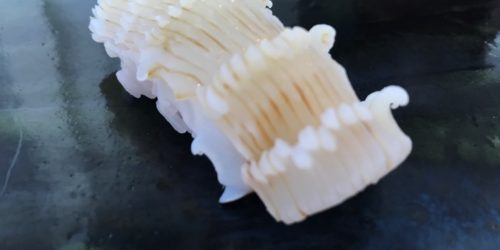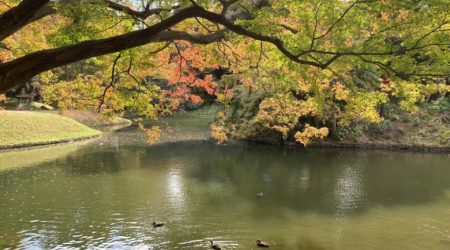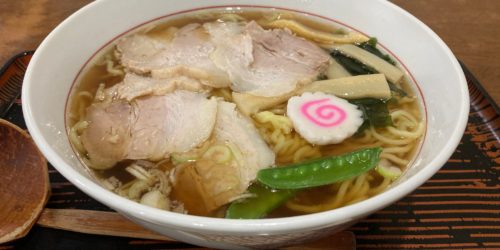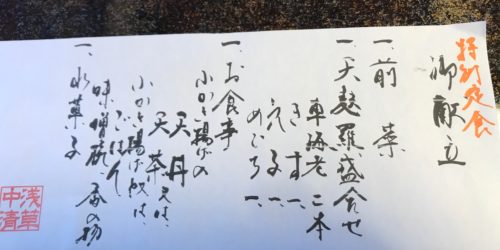The beautiful sushi of November, 2020
The beautiful sushi of November, 2020.
I went to Kazahana to savor authentic sushi. This Japanese restaurant is located on the 28th floor of the Conrad hotel in Tokyo.
The hotel reception is on this floor.
It was more crowded than usual there.
Then I happened to notice many Japanese guests, and I realized the reason immediately.
Recently, the government launched Go To Travel deals to stimulate the domestic travel industry as it has suffered from poor sales as a result of COVID-19.
The government covers up to 50 percent of travel costs within Japan.
So the luxury hotels in Tokyo are flooding with Japanese people.
Though Kazahana was crowded, I didn’t have to wait. I always make a reservation.
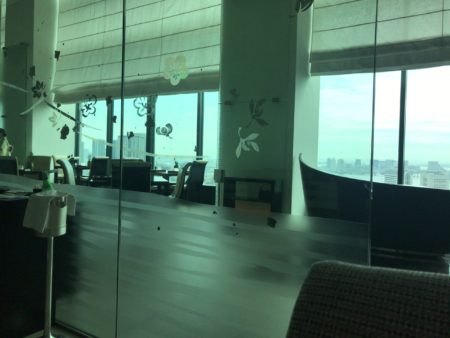
Now, I’ll introduce sushi according to the order of eating.
There were three of appetizers available that day.
There was a thick starchy sauce with Yuba (tofu skin), assorted seafood and vinegared Mozuku seaweed, boiled octopus, soft roe (Shirako), and Kamasu(barracuda) Sashimi.
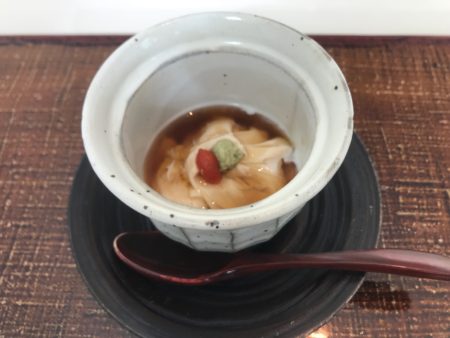
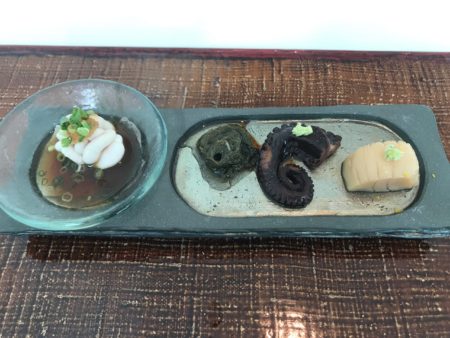
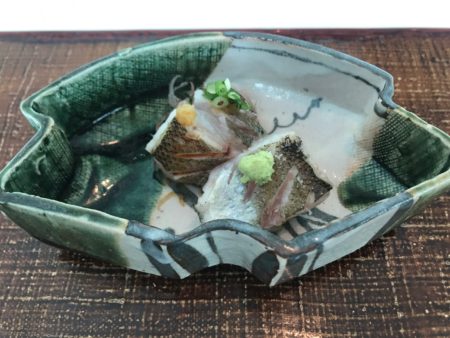
The first sushi was Sumi-ika (cuttlefish).
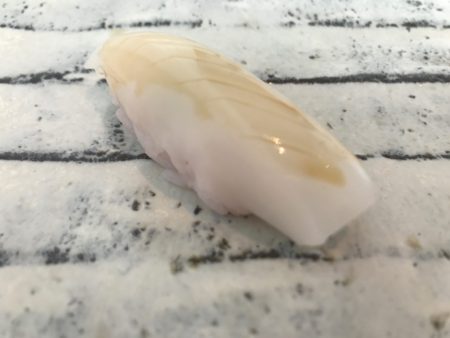
It was sliced thickly, but it was very soft.
The moment I took a bite, I could feel its natural sweetness in my mouth.
The second sushi was Hirame (basterd halibut).
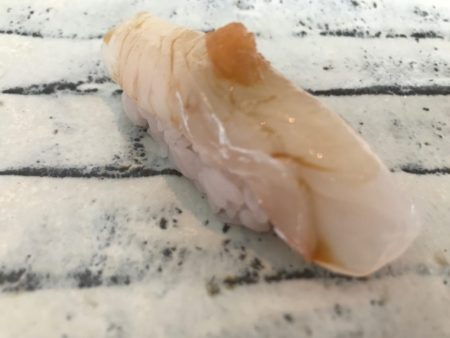
Now is the best season to eat Hirame.
This Hirame had a thin amber color and it showed that the Hirame had plenty of fat.
It was so delicious.
The third sushi was Sayori (Japanese halfbeak). It is a traditional sushi topping.
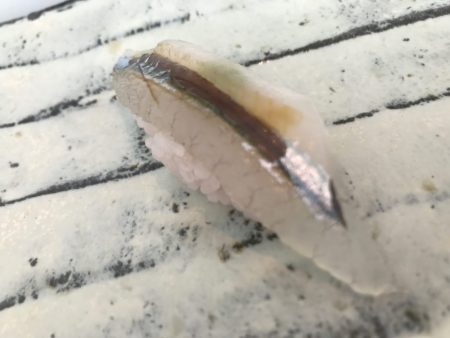
Its silver skin and translucent meat looked really elegant.
The Sayori that I ate tasted light and delicious.
The forth sushi was Miru-gai (horse clam).
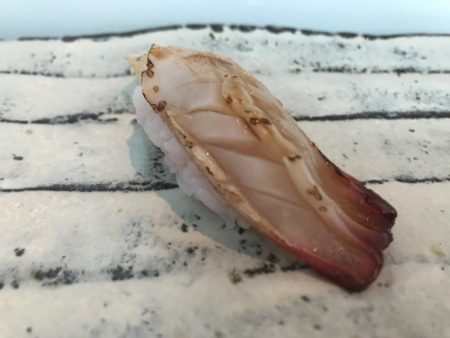
This represents Edo-style sushi.
Miru-gai is an expensive ingredient characterized by its firm, almost crunchy texture.
The Miru-gai that I ate was lightly toasted, and because of that the sweetness of Miru-gai stood out. It went well with vinegared rice.
It tasted very good.
The fifth sushi was Sanma (saury fish).
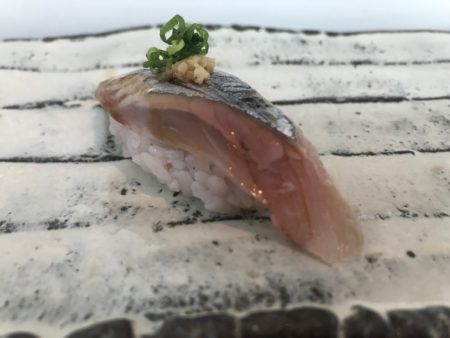
Sanma is too much of a daily food for Japanese people.
This Sanma had a very good balance of acidity with the sweetness of the fat.
The sixth sushi was Cyutoro (medium fatty tuna).
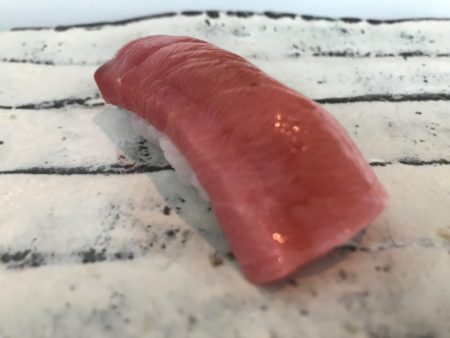
It had plenty of fat, and it melted in my mouth.
The seventh sushi was Katsuo (skipjack tuna).
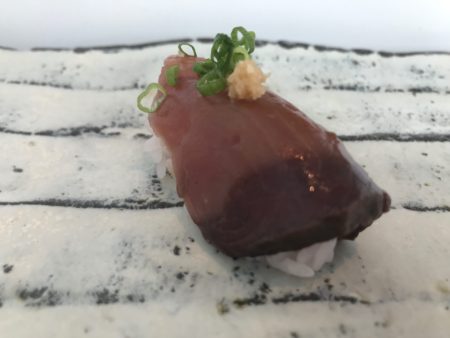
Katsuo in autumn has a plenty of fat and it is delicious. I like it.
The Katsuo that I ate was marinated in soy sauce.
Its taste was profound.
The ninth sushi was Anago (conger eel).
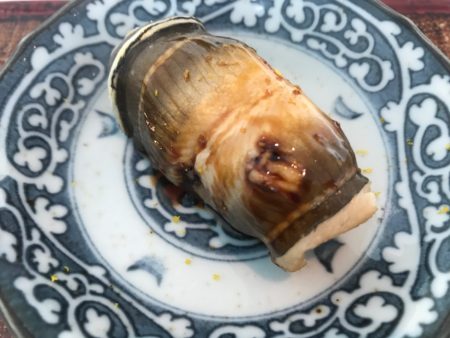
Anago represents Edo-style sushi.
The puffy Anago was very soft. Some Yuzu (citrons) were sprinkled on it.
The sauce also tasted very good.
This sweet, thick sauce was made from boiled Anago soup with some sugar and soy sauce.
The tenth sushi was Ikura (salmon roe).
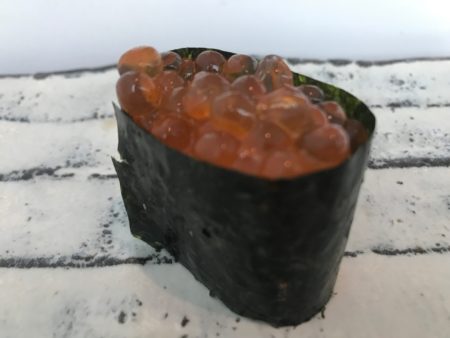
Ikura is in season between September and November. I prefer Ikura in November, and I like its texture, which is just right: not too firm and not too soft.
By the way, Ikura in spawning season is so firm. It’s not suitable for food.
Lastly, I ordered Kanpyo-maki (dried gourd shavings).
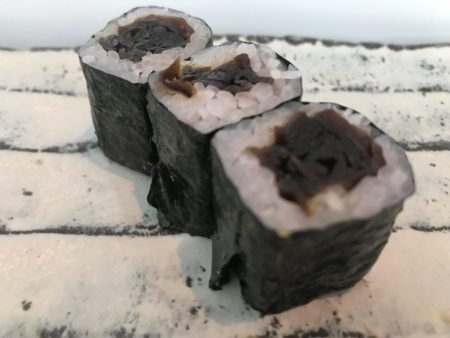
Kanpyo-maki is a traditional, rolled sushi.
It is not expensive, but it is representative of Edo-style sushi.
I usually order Kanpyo-maki at the tail end of eating, and this is my way.
This is how, I enjoyed authentic sushi.
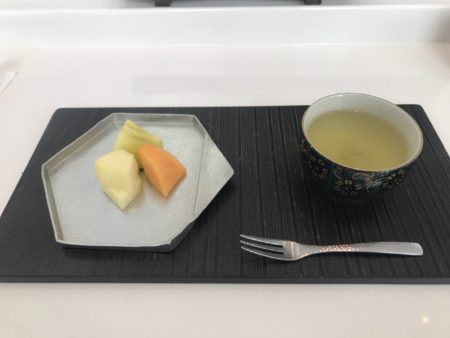
Though the conveyor belt sushi restaurant is popular for many Japanese people, I prefer authentic sushi restaurants like Kazahana.
For me, eating sushi is the appreciation of a form of art.
Authentic sushi is not just a food.

